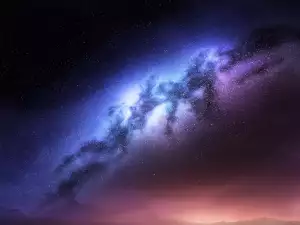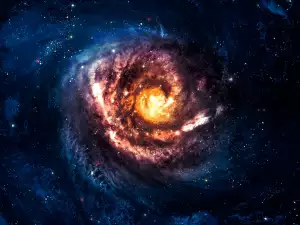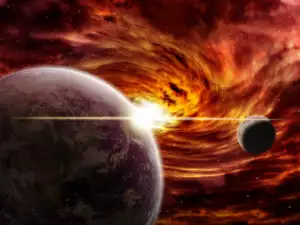Two newly discovered stars, spotted in one of the farthest corners of the Milky Way, provide new information about the edges of the galaxy containing our own solar system.
The 2 objects, named ULAS J0744+25 and ULAS J0015+01, are cool red giants and are described in detail by a group of astronomers under the leadership of John Bochanski from Haverford College.
The experts' observations are published in the journal Astrophysical Journal Letters.
The stars are located at a distance of 775 and 900 thousand light-years from Earth, which is 5 times further than the Milky Way's satellite - the Large Magellanic Cloud.
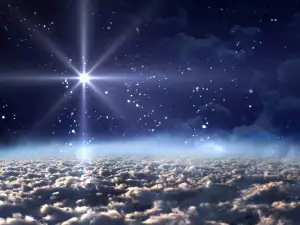
The data about the stars was received after thorough research by the scientists using the infrared telescope UKIRT.
"The distance to these stars is too vast, it is difficult to imagine. For comparison, the light from ULAS J0015+01 that we see today left it when man's ancestors on Earth discovered fire, " explains John Bochanski.
The Milky Way extends beyond the limits of its 100 000 light-year diameter galactic disk. Our galaxy is surrounded by a halo, which includes stars left over from its collision with several dwarf galaxies.
Scientists estimate that this halo extends at least 500 000 light-years out, but its exact dimensions remain unknown.
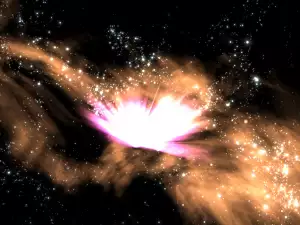
The scientists' find will allow them to confirm the assumptions about the formation of the Milky Way, its development, as well as to review some of the commonly accepted theories related to our galaxy.
The discovered stars belong to a rare class of red giants, which can reveal part of the history of the Milky Way.
Not too long ago, scientists solved one of the most famous cosmic mysteries - stardust and its particles.
Astronomers from the European Observatory followed the formation of stardust, revealing that the particles are produced after a diffusion process, which begins immediately after a supernova explosion. It is because of this very process that the particles can be preserved, no matter the temperature.

